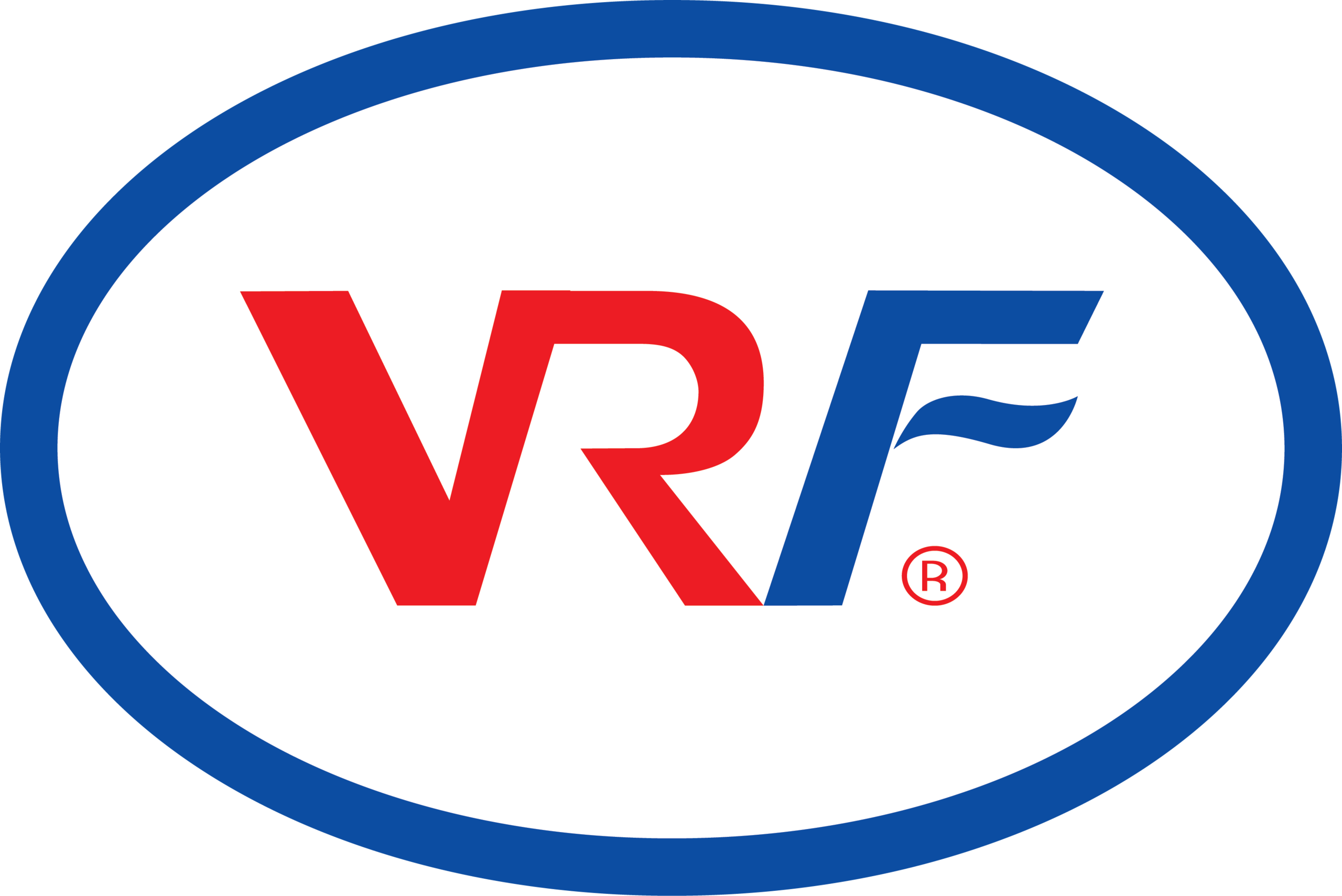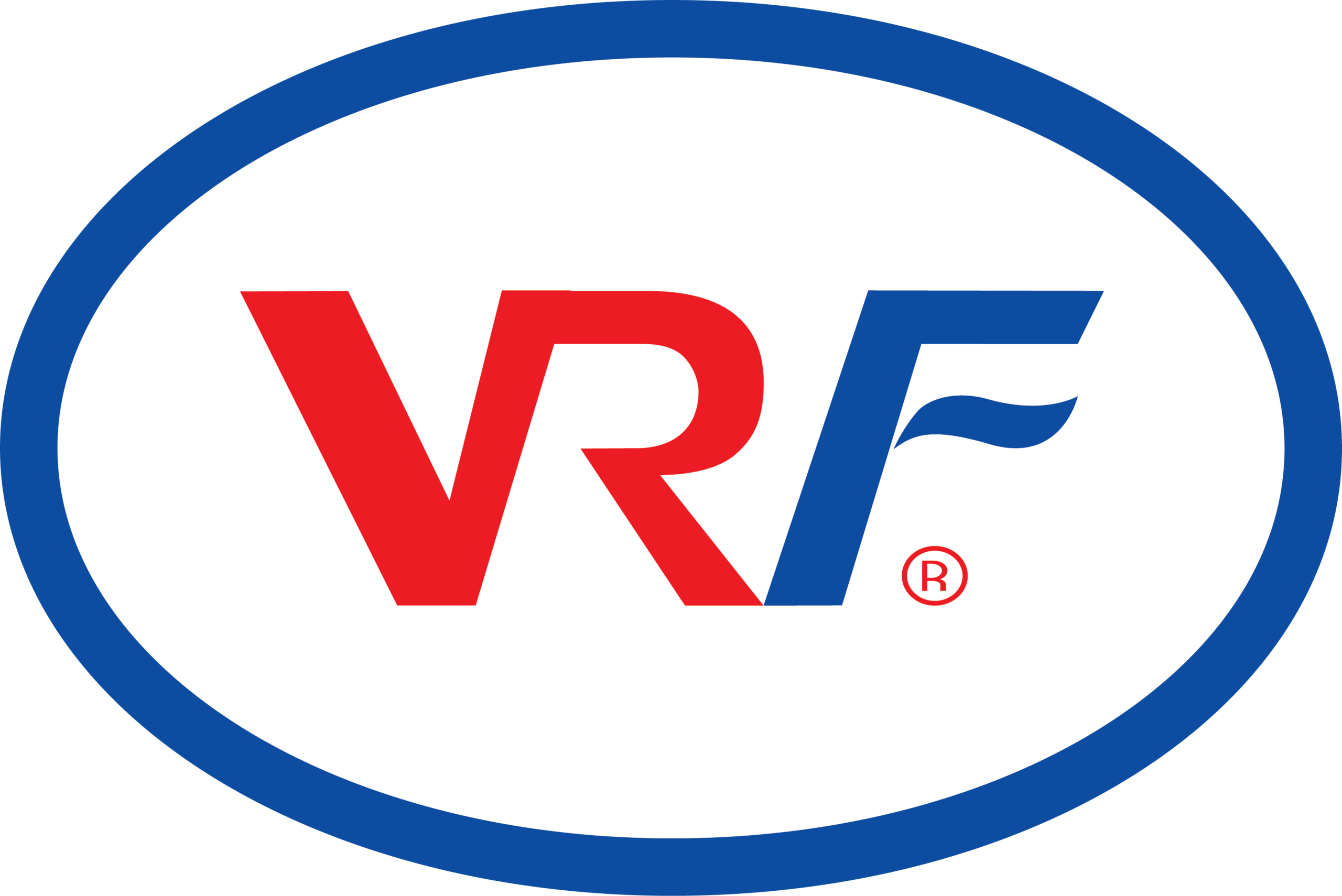Ethylidene Norbornene, commonly referred to as ENB, is a crucial monomer in the production of synthetic rubbers, especially in the realm of ethylene-propylene-diene monomer (EPDM) rubbers. ENB is a bicyclic compound that brings unique structural characteristics, enabling the creation of elastomers with excellent resistance to heat, oxidation, and weathering. Its unsaturated bond allows it to participate in polymerization reactions efficiently, making it indispensable in the synthesis of EPDM rubbers, which are widely used in automotive seals, roofing membranes, and electrical insulation materials. The inclusion of ENB in EPDM not only enhances mechanical properties but also improves the vulcanization process, leading to better performance and durability of the final product.
ENB’s structural versatility is one of its most important attributes. The presence of a strained bicyclic ring system allows it to act as a diene component in polymer chains, which can further react during curing to form crosslinked networks. This crosslinking improves elasticity and resilience, essential for applications where materials are subjected to fluctuating temperatures and mechanical stress. Moreover, ENB-based polymers exhibit superior resistance to environmental factors, making them suitable for outdoor applications. The chemical stability and thermal endurance of ENB-infused rubbers ensure that they maintain their properties over long periods, reducing maintenance and replacement costs in industrial settings.
Another factor driving the prominence of ENB in the rubber industry is its role in improving process efficiency. ENB has high reactivity, which facilitates faster polymerization rates and more uniform product formation. This attribute allows manufacturers to optimize production schedules, reduce energy consumption, and maintain consistent product quality. Furthermore, the use of ENB in EPDM formulations enables the creation of customized polymers tailored for specific applications. By adjusting ENB content, producers can manipulate the hardness, elasticity, and resistance properties of the rubber, catering to the diverse needs of industries such as automotive, construction, and electrical.
Safety and environmental considerations also play a significant role in ENB’s industrial usage. Although ENB is a reactive chemical, modern handling protocols ensure minimal exposure and safe integration into polymerization processes. Additionally, advancements in polymer chemistry have allowed for more efficient use of ENB, minimizing waste and improving sustainability in rubber production. The development of greener polymerization techniques and closed-loop systems further underscores the growing importance of ENB in environmentally responsible manufacturing processes. As industries continue to prioritize both performance and sustainability, ENB remains a vital component in creating high-quality synthetic rubbers.
In conclusion, Ethylidene Norbornene Market serves as a cornerstone in the production of advanced synthetic rubbers. Its unique structural properties, high reactivity, and ability to enhance crosslinking make it essential for producing durable and resilient materials. With applications spanning automotive, construction, and electrical industries, ENB enables manufacturers to create products that withstand harsh conditions while maintaining their performance over time. As technology advances and industries demand higher-performing elastomers, ENB’s significance in polymer chemistry continues to grow, reinforcing its role as a critical monomer in modern rubber manufacturing.


